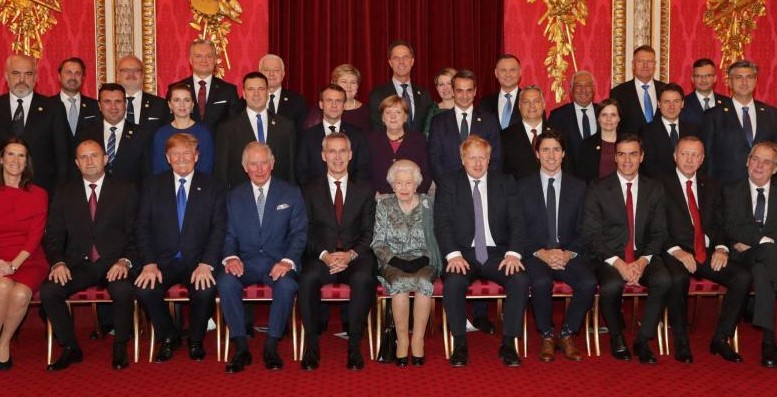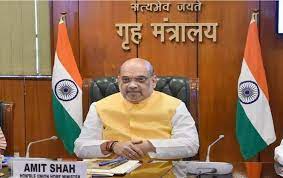The summit sends the message to Moscow and Russian President Vladimir Putin that the alliance is united, and his aggression “will not pay,” the secretary general said.
The battle in Ukraine will be front and center in the discussions, but so will long-range plans for embracing the embattled country. “At the summit, we will make Ukraine even … stronger and set out a vision for its future,” Stoltenberg said. “I expect allied leaders will agree [on] a package with three elements to bring Ukraine closer to NATO.”
Stoltenberg said the package includes:
- Discussions about a multiyear program of assistance to Ukraine to ensure full interoperability between the Ukrainian armed forces and NATO.
- Establishment of the NATO-Ukraine Council.
- Discussion about Ukraine’s membership in NATO.
“I expect allied leaders will reaffirm that Ukraine will become a member of NATO and unite on how to bring Ukraine closer to its goal,” he said.
Stoltenberg noted that NATO allies have already pledged 500 million euros for critical needs in Ukraine, including fuel, medical supplies, demining equipment and pontoon bridges.
Further, NATO will also help build Ukraine’s security and defense sector, including with military hospitals, and will also help Ukraine transition from Soviet-era to NATO equipment and standards.
Also, Ukrainian President Volodymyr Zelenskyy will join the summit for the inaugural meeting of the new NATO-Ukraine Council.
Alliance leaders will also look to strengthen defense and deterrence with three new regional defense plans that counter the main NATO threats: Russia, and terrorism.
Stoltenberg said the plans will cover the Atlantic and European Arctic; the Baltic region and central Europe; and the Mediterranean and Black Sea.
“To execute these plans, NATO is putting 300,000 troops on higher readiness, including substantial air and naval combat power,” he said.
Alliance leaders will also look at a Defense Production Action Plan “to aggregate demand, boost capacity and increase interoperability,” he said.
Besides, NATO allies will also set a more ambitious defense investment pledge of spending a minimum of 2 percent of gross domestic product annually on defense.
This follows a real increase in defense spending among the 31 allies.
“In 2023, there will be a real increase of 8.3 percent across European allies and Canada,” Stoltenberg said.
Noteworthy, this is the biggest increase in decades and the ninth consecutive year of increases in our defense spending.
Altogether, the European allies and Canada have invested over $450 billion extra since the 2014 defense investment pledge.
He noted that in 2014, only three allies spent 2 percent of GDP on defense. “This year, 11 allies [will] reach — or exceed — the target,” he said. “We expect this number will rise substantially next year.”
The leaders of Australia, New Zealand, Japan and South Korea will attend the summit “because our security is not regional, it is global,” the secretary general said.
“We are working more closely on issues such as cybersecurity, maritime security and new technologies.”
In addition, representatives of the European Union will join discussions.
Stoltenberg noted that next week will be Finland’s first summit as a NATO ally, and he said he will continue efforts to ensure Sweden joins as soon as possible.



